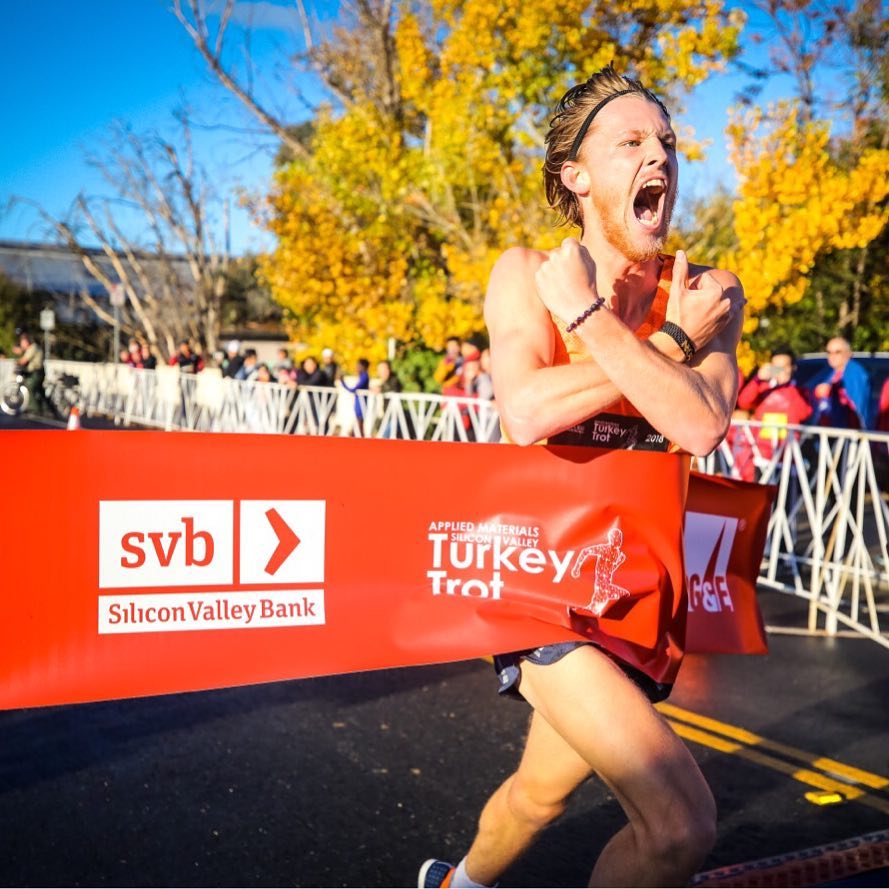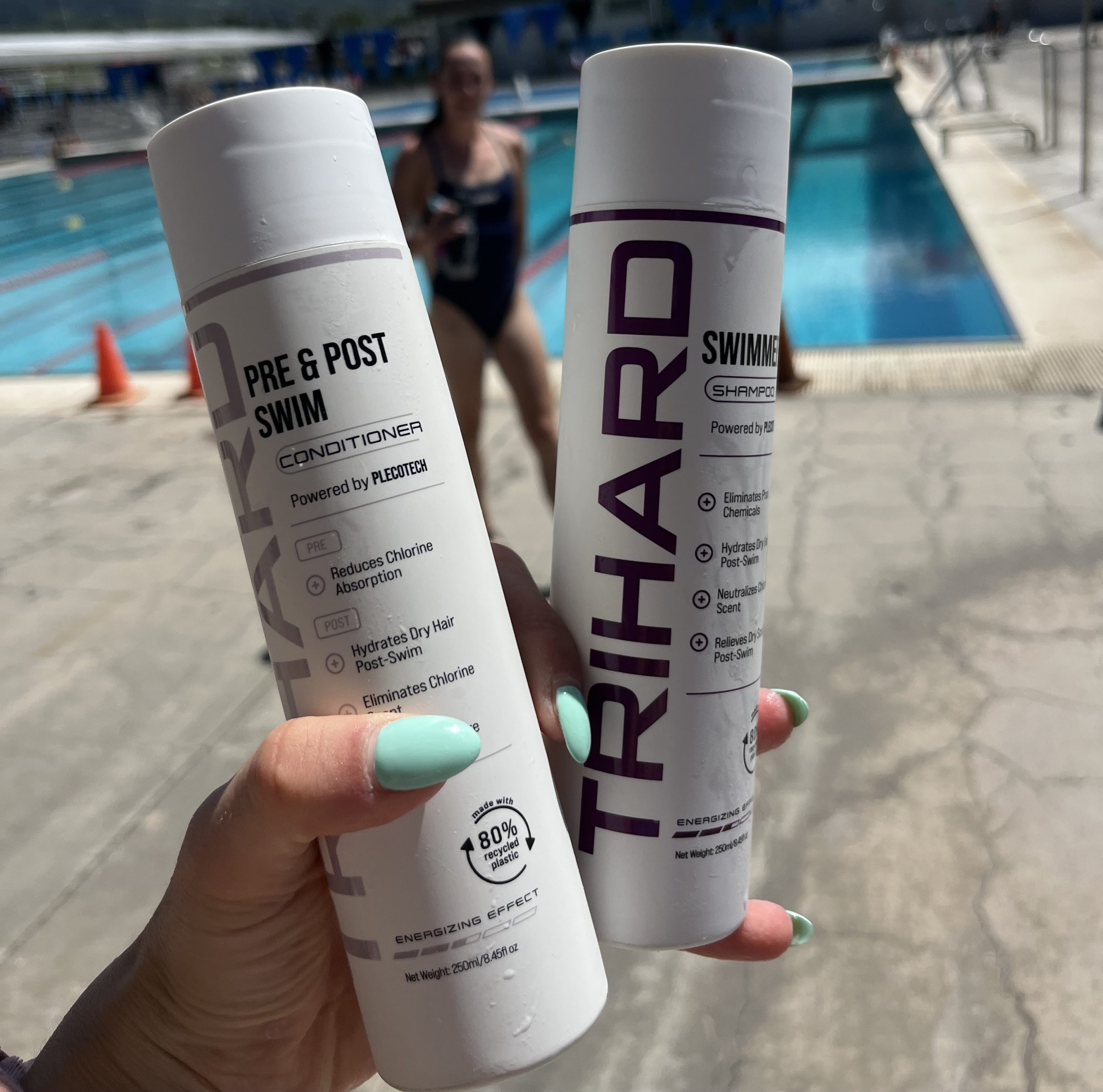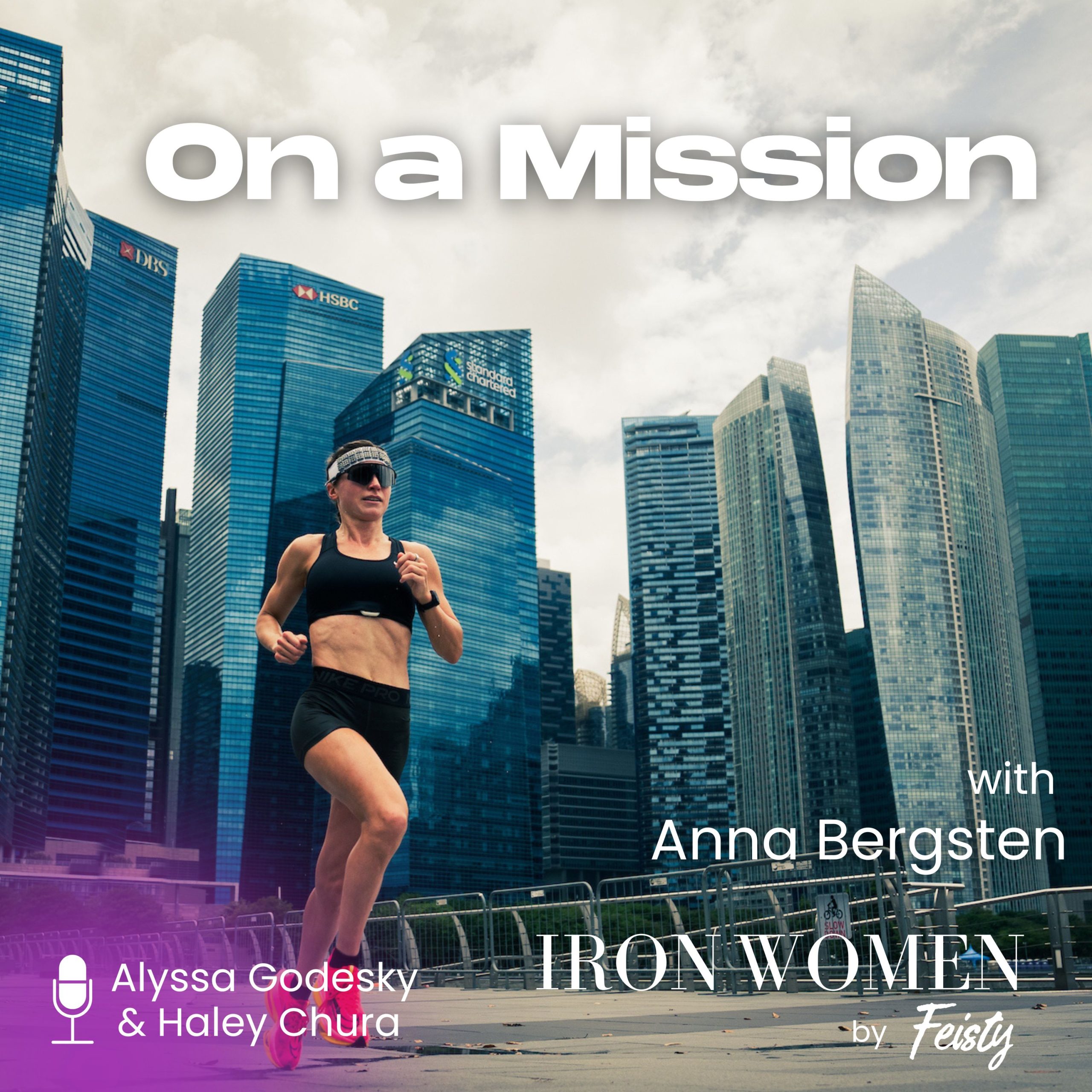November 28, 2018
Newsletter ep. 63: chasing PRs, the new Kona formula & TV shows

If We Were Riding’ is a weekly triathlon-ish newsletter written by Kelly O’Mara and produced by Live Feisty Media. Subscribe to get it in your inbox every Wednesday morning. You can also read past issues. This episode is from Nov. 28, 2018.
______________________________
Friday I’m headed to Arizona for the Outspoken Summit (!) and for 53 hours in Tempe. I know a number of you will be there, so come say hi. I’ll be speaking on the last panel (I think) of the weekend about the future of the sport and will be moderating another panel about entrepreneurs on Saturday. And I’ll be jamming in a hard swim one morning and a hard run the other as I cling to one more week before my last race of the season — so also hit me up if you’re down for a Tempe Town Lake bike path 70.3 pace run around 7 a.m. on Sunday.
Are we our PRs?
“Or we can blaze! Become legends in our own time, strike fear in the heart of mediocre talent everywhere! We can scald dogs, put records out of reach! Make the stands gasp as we blow into an unearthly kick from three hundred yards out! We can become God’s own messengers delivering the dreaded scrolls! We can race dark Satan till he wheezes fiery cinders down the back straightaway!”
– Once A Runner
There’s a section in the book Once A Runner about how elite runners are defined by their PRs. Hello, this is Mr. 4:02, that guy over there is 4:03.5. (They’re milers, OK?) And because they are their PRs, they know exactly who they are and where they stand. There is no subjectivity about who is best.
I couldn’t find the quote. It is not evidently one of the more popular parts of the cult classic. Apparently, the notion isn’t particularly inspiring to most people. But it’s stuck with me over the years.
Certainly, it’s not entirely accurate. Obviously, we are not solely defined by our running. We are many things. We are not just a number, not simply how fast we cover some distance on some day.
Still. There’s a part of it that rings true. Running is not subjective. It doesn’t care what your reasons were or how you felt. What people remember later aren’t the conditions (except for Boston this spring) or what injury you were recovering from. What they want to know is your time. And so you hand over to them your resume, your PRs. You say here is what I can do.
I ran a PR this weekend at the Turkey Trot 10K. By a lot. I ran a 37:16 officially. My fastest time before today was 38:53. That is insane. Three years ago I wasn’t even a sub-40 10K runner. And part of me has trouble believing I’m a low-37 10K runner now. That doesn’t sound right.
Did who I was suddenly change on Thursday? No. I’ve had that race in me for awhile, it just kept not coming together. But running doesn’t care what I was capable of in theory or why I didn’t run faster before now. It cares what I could actually do. Did who I was suddenly change on Thursday? Of course not. Except it kind of did. Except I can’t go back to being someone who doesn’t believe they’re capable of that time. And there’s a part of me now that thinks: No one can ever take this away, no matter what happens, I will always be a 37:16 10K runner.
But there’s another part of me that thinks: I can get those extra 16 seconds. I know I can. I know where I stand and exactly who is faster, so many people are faster, but we are never happy with where we stand now. We always imagine instead what number still lives inside of us, how fast we might be able to blaze.
(P.S. That’s not me above. That’s the guy who won the elite 5K race.)
The new Kona algorithm
We’ve talked a few times about the new algorithm for allocating Kona age group slots—and how it appears Ironman adjusted its formula to essentially delegate fewer slots for the smaller (often women’s) age groups.
I promised I’d come back with an update, so here it is: It now appears the guy who figures out these things thinks he’s figured out the algorithm. You can dive into his full numbers and analysis and mess around with his Google spreadsheet, though the gist is: the smaller age groups will get slightly fewer, maybe one fewer, slots at most races. This changes some for bigger races and races in Asia. (I have zero idea why Asia allocates its slots differently.) You can also go down a Wikipedia wormhole about the D’Hondt method being used to allocate slots semi-proportionally, but the gist will still be the same.
Which brings us to: A note about proportionality.
Proportionality is not the end goal. It is the means to the goal. The goal is to have the best, roughly equivalent across age groups, competitors competing at Kona. That could achieved in any number of ways. Too often triathletes become militant about proportionality. ‘Everything must be proportional!’ But having statistically proportionally sized groups is not actually the point of the whole thing. That is simply the method we use as a shorthand for equivalency. IT IS NOT ITSELF EQUIVALENCY. There are other methods, probably better methods, to get to that same goal. Stop being militant about proportionality.
On the TV
There were three sports things I watched this weekend:
– Quest for Kona: These specials about people attempting to qualify for Kona took a huge step up this year. Much better production values, more interesting subjects. Loved that they included pros. Sarah True’s episode was compelling TV.
– NBC’S Kona coverage: Was not as good as usual. I say this as someone who has watched many, many years of the NBC coverage. They changed the narrator and the scripting. It was weirdly edited and boring-ly written. How do you take the fact that defending champ Daniela Ryf was insanely far behind after the swim and make her chase to the front boring? Why would you just sum up real quick the fastest conditions in Kona history? I’ll watch lots of triathlon with or without pizazz and this needed more pizazz. It felt like something that would air on NBC Sports, not NBC.
– NBC Sport’s Next Olympic Hopeful: Weirdly, this had all the pizazz! A two-episode show following the U.S. Olympic Committee’s open talent identification call for athletes. It had characters and drama and people were cut from the team. Ninety athletes were picked, put through a ringer of tests (speed, power, jumping, lifting, a cool test involving running to turn off different lights without knowing which light was going to flash next) to see what sport they might be suited for, and then cuts were made for sport-specific testing—until just eight athletes were chosen for eight spots on Olympic training teams. I have basically decided I’m going to try out for this show next year. And also that I would fail all the tests. We will discuss on the podcast.
_____________
- A friend of mine took second at the Ultraman World Championships this weekend (which are invite only) and I’m starting to seriously consider the three-day stage race triathlon.
- Relatedly. There’s no such thing as being too fit, no matter whether it’s from your genes or your training.
- What I think when I think about running is mostly running, the interval I’m on, making the time. Or else I give imaginary interviews to TV cameras. But I understand why some women might have been annoyed with Murakami’s book (not to mention Once A Runner too). Maybe it’s time to write the iconic female running book?
- In total coincidence, man picks up pace at exact moment woman tries to pass.
- You asked why Turkey Trots? Well. Though I’m skeptical of the legend that they got their name from actual turkeys running.
- There’s a reason you don’t forget how to ride a bike.
- There’s probably also a reason why most people who live in the Arctic don’t train for triathlon. Except for this woman.
- Hey, look, one of the biggest climate reports from the federal government came out over the holiday weekend. Because that’s when everyone wants to read about how they’re fucked.
- Speaking of. I believe Kobe Bryant raped that girl in Colorado. I do. I also find myself wondering sometimes if we (and by we, I mean society) have told these men so many times they can do whatever they want, take whatever they want, that it’s all a game, that they actually don’t even know they’re doing it. What if Brett Kavanaugh genuinely didn’t remember doing what she said he did, not because it didn’t happen, but because it didn’t register as worth remembering? All of which is to say I don’t really feel bad for Kobe, but I kinda feel bad for Kobe.
- And because nobody wants to end on that note: National Geographic’s best photos of the year (and the best comedic wildlife photos—which are in some ways more entertaining).
________________
Comments & thoughts
Some thoughts, emails, messages and notes from listeners and readers this week.
– Most importantly, my mom had thoughts. Apparently saying ‘here are some numbers without comment’ *was* itself a comment. What, no.
– Also one person emailed me to say they tried to subscribe but the link didn’t work. But when I emailed them back, my email bounced. Sorry to anyone whom I failed! Here’s the subscribe link.
– And, for our podcast listeners who were a few episodes behind, I evidently posed a swearing ranting danger for their small children. Sorry/not sorry about that too. Headphones, guys. For everyone.


 Outspoken Women in Triathlon Summit Returns Bigger than Ever
Outspoken Women in Triathlon Summit Returns Bigger than Ever  Driving the Lamborghini: Productivity and the Power of Paper
Driving the Lamborghini: Productivity and the Power of Paper  5 take aways from the Compete Sports Diversity Summit
5 take aways from the Compete Sports Diversity Summit  Simple Tips to Hone Your Bike Handling Skills
Simple Tips to Hone Your Bike Handling Skills 



